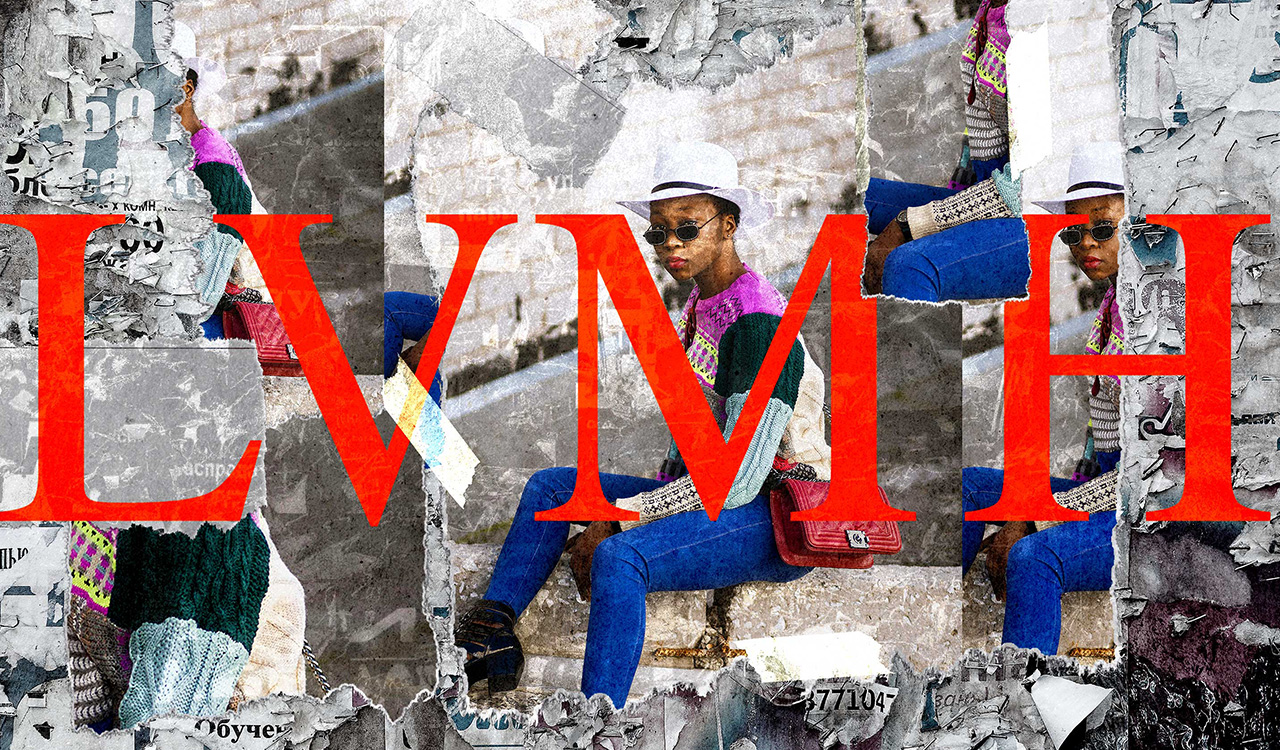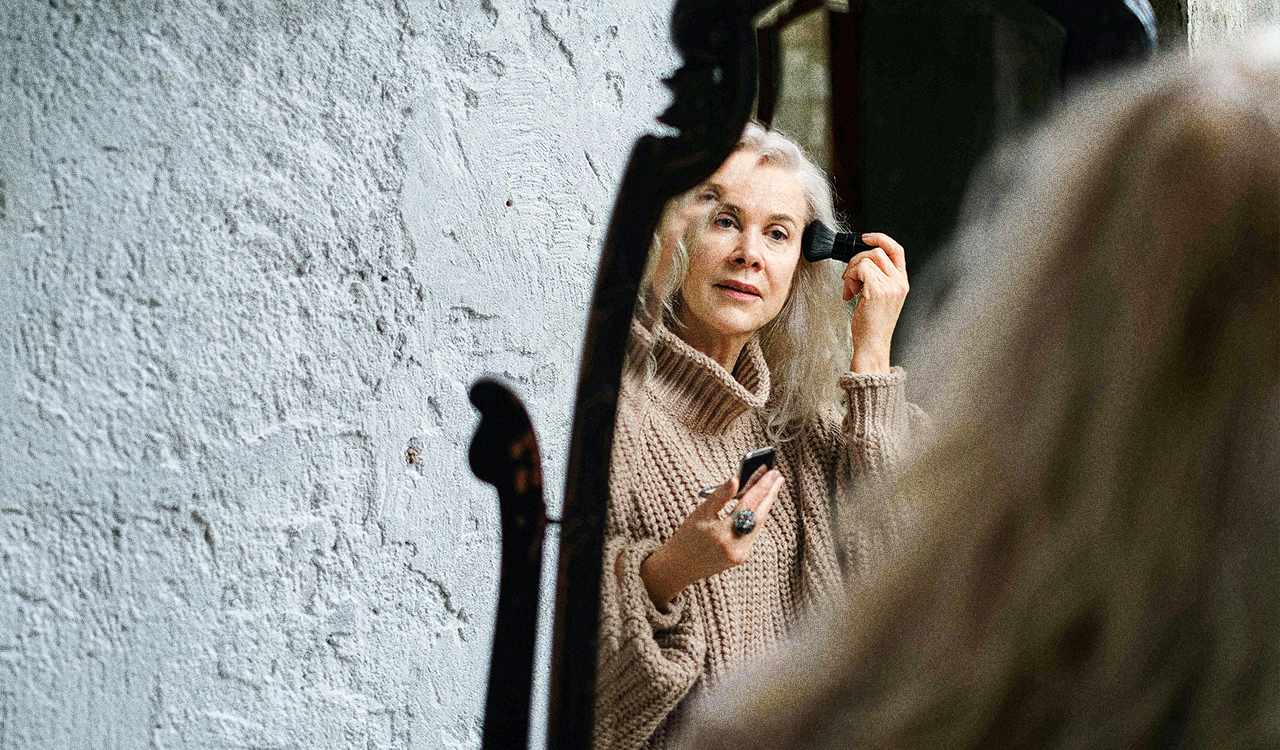For years we’ve talked about the 72-million strong millennial generation (born between 1981 and 1996) as the next-gen customers for luxury brands. But now there is an even younger generation on the horizon, Gen Z (born from 1997 to 2012), 67 million and counting. Note to self: immigration continues to add to their numbers.
Similar But Different
Like siblings born in the same family, millennials and Gen Z share similarities, but the greater the age difference, the greater the differences in the worlds they grew up in. Sixteen years separate the midpoints between these generations – 1988 for millennials and 2004 for Gen Z.
With the even younger Gen Z cohort on the horizon, we are tempted to carry over the aspirational consumer tag to describe them. But that would be a mistake. Intentional is a far more appropriate way to describe them.
Millennials are 26 through 41 years old this year, so they are, shockingly, beginning to reach middle age. Gen Zers are only 10 to 25 years old, some still children and the rest teens or young adults at best.
The age differences between millennials and Gen Z color their perceptions, values and consumer intent as they continue to mature in income and buying power. Gen Z is important for all consumer-facing marketers to understand, but none more so than luxury brands whose future is dependent upon attracting the spending power from the most affluent members of this cohort.
Today, Gen Z makes up about 20 percent of the luxury market, but they won’t hit their stride in the luxury market until they reach full adulthood and their incomes grow. By 2025 the millennials are projected to make up 50 percent of the luxury market – they’ll be 29 to 44 years by then. If Gen Z follows the same trajectory,it won’t be until about 2040 before they are the dominant generational cohort in luxury.
Gen Z Shapes Luxury
From my perspective as a longtime student of the luxury market, which I’ve studied for the last 20-some years, here are three observations about how Gen Z is going to shape and transform the luxury market in the years ahead — and some ideas to help luxury brands to get ready for this powerful consumer.
Think Intentional, Not Aspirational
Aspiration is programmed into our human DNA, but it expresses itself in different ways throughout our lives. For Gen Z, aspiration is about who they want to become as they grow up and what kind of world they want to live in. As people reach middle age like the millennials, their aspirational desires morph from becoming toward being. In other words, being the best they can be throughout the rest of their lives and for the future lives of their children and society.
Aspiration is a value the luxury market holds dear. Luxury brands leverage people’s embedded aspiration for the finer things in life. Sales and marketing are informed by tapping into customers’ aspirations, entitlement and “dream” fulfillment and aspiration is an important motivation for consumers no matter their level of wealth and privilege.
But in the recent past, the term “aspirational consumer” has been most closely associated with millennials. In this context, aspiration refers to the customer who has not yet reached a level of income that allows a full-on luxury lifestyle, but one high enough to permit an occasional luxury indulgence. From my perspective, that aspirational consumer label lacks specificity so I prefer a more precise term defined by their income and spending power, i.e. HENRY – high-earner-not-rich-yet. Incomes in the U.S. reach their peak between the ages of 35 and 55 years of age, where millennials are approaching and Gen Z will be in 20-odd years.
With the even younger Gen Z cohort on the horizon, we are tempted to carry over the aspirational consumer tag to describe them. But that would be a mistake. Intentional is a far more appropriate way to describe them. Intentional means “done with purpose; deliberate.”. They weigh every purchase and give careful consideration whether a particular brand is one that they want to do business with. Many more factors, besides features, benefits and price, influence their purchase decisions. Aspiration is part of it, but so are many others, like a brand’s purpose, mission and position on things that matter most to them.
And it is easy to see why Gen Z is the most intentional consumer generation. The number of choices in what to buy and how to buy them is exponentially greater for Gen Z than any generation that has come before. For example, several years ago a Harvard professor estimated that some 30,000 new consumer products are introduced each year. I’d venture to guess that number is exponentially greater now. Just count the number of new products on Etsy.
Then there has been an explosion of old products that are new to Gen Z in the resale, secondhand market. The RealReal reports it has sold 22+ million luxury items since its launch in 2010 – that’s some two million per year.
In its latest luxury study, Bain finds the secondhand luxury market reached $38 billion in 2021 making resale nearly half as large as each of the three largest categories in the personal luxury goods market – leather accessories ($71 billion), beauty ($69 billion) and apparel ($65 billion). And it grew five times faster than the firsthand market from 2017 to 2021, up 65 percent compared with 12 percent for the primary market.
Gen Z has taken to the emerging intentional consumer paradigm like a duck to water. They thoroughly enjoy the intentional purchase process: learning about products, brands, companies, what they stand for and what their friends think – all in order to find their best, most optimal choice.
For luxury brands, the most important takeaway is that for any product available, there are hundreds if not thousands of comparable products that consumers also can choose from — and most of those are less expensive. So luxury brands need to be as intentional in marketing to these new customers as they are in their purchase decision making. Luxury brands must, understand what Gen Z value most and deliver it to them. And given their young age and lifestage, their values are sure to evolve as they mature.
The Metaverse
We’ve all heard the term metaverse. Like “Alice Through the Looking Glass,” the metaverse is the fusion of the analog world and the digital; or the real world and the hyper-real virtual world. As Mark Zuckerberg said, “You can think about the metaverse as an embodied internet, where instead of just viewing content — you are in it.”
The metaverse is a strange, new world for many of us, but Gen Zers are already living in it. That shouldn’t be a surprise since this cohort has been weaned on social media, ecommerce, digital media, games and entertainment.
Gen Z has retained a childlike imagination and fused it with their own reality in the metaverse. Their experience in the real and virtual worlds is becoming seamless. Online shopping and in-store shopping are basically the same in the metaverse. In fact, Gen Z shops in virtual worlds and purchasing virtual merchandise. And with NFTs, you can buy a physical object, as well as its NFT twin.
Brands have tipped their toes in the metaverse. Balenciaga and Nike are now making real money in the metaverse. Oliver Wright, managing director for consumer goods and services at Accenture, says most CPG brands are now looking at ways to be engaged in the metaverse and trying to figure out what percentage of revenues will come from digitally-related products and services. While products for the metaverse have costs associated with design, the margins for selling digital products are much higher because they have lower associated manufacturing or distribution costs.
The metaverse is not just a marketing or branding opportunity, but something that will have real meaning to a company’s ROI and P&L statement and to Gen Z customers who live in the meta ecosystem.
Gen Z Caution: What Happens When They Grow Up?
That is a big question. Any of us who’ve reached a certain age know that the person we were at 20 is very different from the person we are at 40 or 50 or 60. The 20-something you is still there, but an older, more mature and grounded person has overtaken the impressionable, more impulsive younger you. With maturity comes a a longer-term perspective.
What was important at age 10 or 20 isn’t important at 40 as Marc and Angel Chernoff, authors of the best-selling book Getting Back to Happy, observe:
“It’s funny how we outgrow what we once thought we couldn’t live without, and then we fall in love with what we didn’t even know we wanted. Life keeps leading us on journeys we would never go on if it were up to us. Don’t be afraid. Have faith. Find the lessons. Trust the journey.”
Gen Z, like all of us, are on that happiness journey. And all the happiness psychological research proves our happiness comes not from our material possession but from the things we do and experience and through the people and relationships we experience those things with.
Material things might give us a momentary uplift and an emotional high, but that is not true, lasting happiness. This is why I say that at its core, luxury is in the happiness business.
Gen Z’s Search for Meaning
Luxury brands offer material goods that are meant to impart greater happiness through the cultural associations they impart. As such, luxury brands are infused with meaning. Symbolic values and associations make a luxury item more than the sum of its individual parts. But as luxury brands chase after more and more customers, their meaning becomes compromised.
Rejecting old ways of thinking about brands’ relationship with consumers and creating new more authentic, humanistic ways of relating is the challenge for appealing to the intentional Gen Z consumers. Founder of Meaning.Global and a leading authority on brand meaning, Dr. Martina Olbertbelieves that the implicit social contract between brands and their customers is undergoing a paradigm shift. “The consumer model as we know it is hitting its limits today as it is no longer socially and culturally aligned with what people value,” she explains.
In her new white paper ”Reimagining Consumerism as a Force For Good,” Olbert identifies a growing cultural awareness propagated by brands “to seduce consumers to fulfill their desires of material comfort and greater well-being” is leaving people unfulfilled, “trapped in a constant mode of becoming but never really getting there.” This especially relates to Gen Z who are still in the becoming stage of life. This gives luxury brands time to figure out how they can become a brand that Gen Z will truly value when they finally make it to the being lifestage. “There is a meaning gap in consumerism – a missing context of people’s lives, its effect on people and how it makes us feel,” she continues. “It goes against our own best interest, which makes the consumption model we still use today unsustainable and unfit for the future we are heading toward as humanity.”
Based on Dr. Olbert’s analysis, the traditional aspirational model used to drive more consumption – “the fear of being ‘less-than without this new something’”– must evolve to a conscious, conscientious and intentional consumption model.
The new consumer model she envisions is one where the value exchange between brands and people is measured in more than a commercial transaction. The brand must help consumers more fully realize their own human potential.
“For this, consumption needs to switch from the outcome [i.e. buy this product] to a vehicle toward an outcome,” she explains. “If we keep applying outdated ideas to new situations, we will only recreate the past. But we are not going back. We are going forward. As such, we need to look ahead and anticipate change.”
For example, many luxury brands talk about sustainability in a narrow context, using it as a badge of honor rather than what is expected for doing business in the 21st century.“Sustainability is not only a more responsible production cycle and ethically sourced materials,” she shares.
Rather, sustainability is the opposite of exploitation,“whether it’s people, natural resources, the environment, ideas, profits or rewards.” She continues, “This [exploitation] was the operating principle we inherited in business as a legacy mindset from the twentieth century.” The recent controversy surrounding alleged forced labor of Uyghurs in China’s Xinjiang province has implicated many brands, including adidas, Nike, Burberry, Puma, BMW, Apple and more.
Therefore, sustainability is “business done with consciousness and moral conscience. A sustainable business is a humanized business.” It’s about doing what is right morally and in the best interest of all brand stakeholders – consumers, employees, business partners – not just stockholders and senior executives.
“Brands have bombarded consumers with marketing messages that exploit our human aspirations and deepest desires to benefit their own revenue stream. But that value is illusory,” she reflects. “The real power for brands can be found in empowering customers to live their own authentic lives.”
Change Is Coming
The old model of aspirational luxury consumerism – I am a lesser person if I don’t have this brand – is giving way to a new consumerism model – I want this brand to become more of who I really am. It is a shift from aspiration to intention, becoming to being and Gen Z are on that journey.
The aspirational consumer model is about buying ready-made meanings imparted by the brand. The new consumption model is to help people create new meaning in and for themselves intentionally.
“The consumer narrative is shifting from brand aspiration to human well-being,” Dr. Olbert concludes. “As we enter the new era of conscious consumption, we need to create conscious commerce to satisfy our rapidly evolving human needs, values, preferences and lifestyles.”
This new more human, intentional consumerism model taking shape is still in its early stages, but it is advancing more rapidly due to the profound changes in people’s value systems brought on by the pandemic. And of all generations, Gen Z is at the forefront of this paradigm shift.




